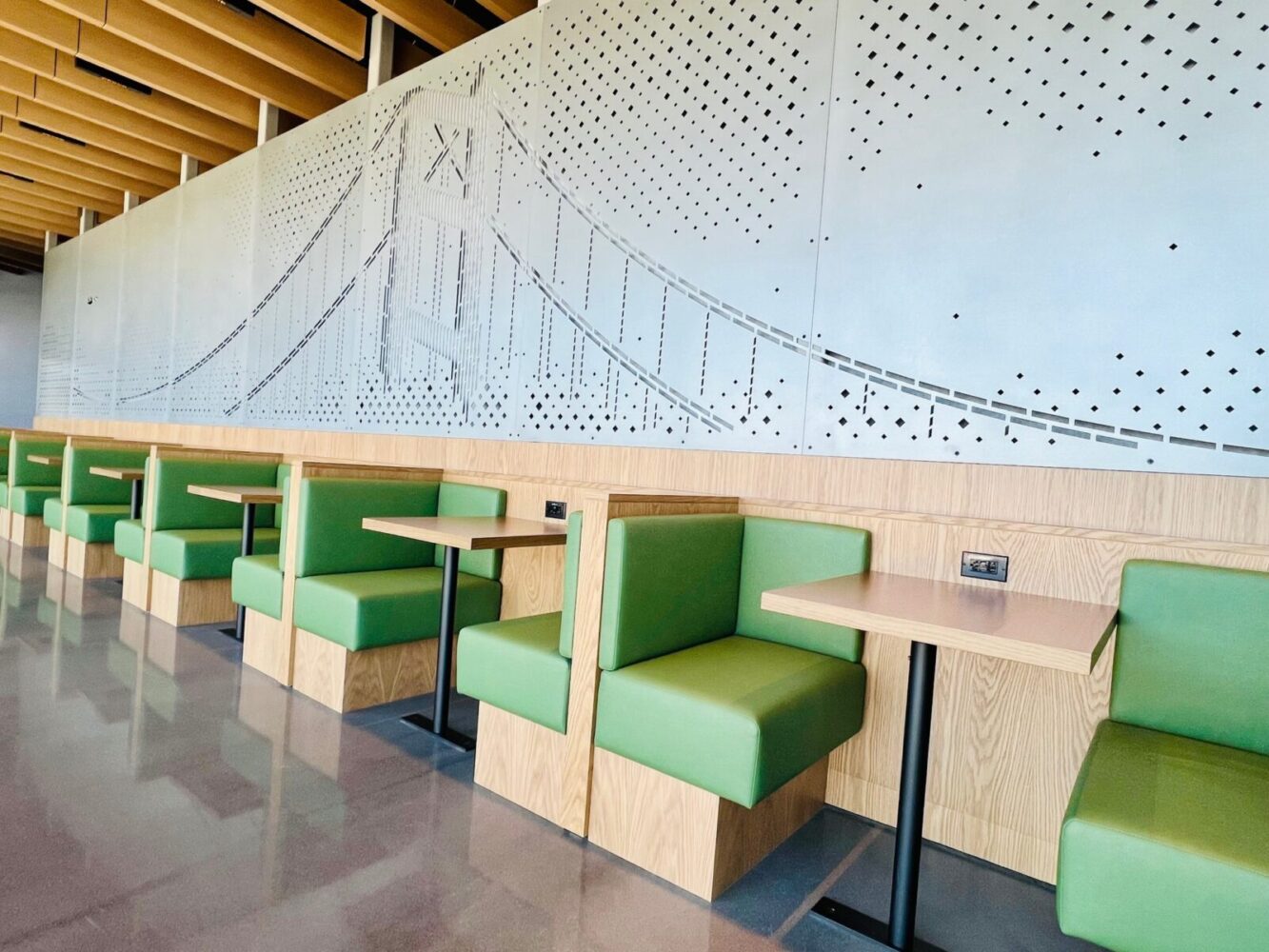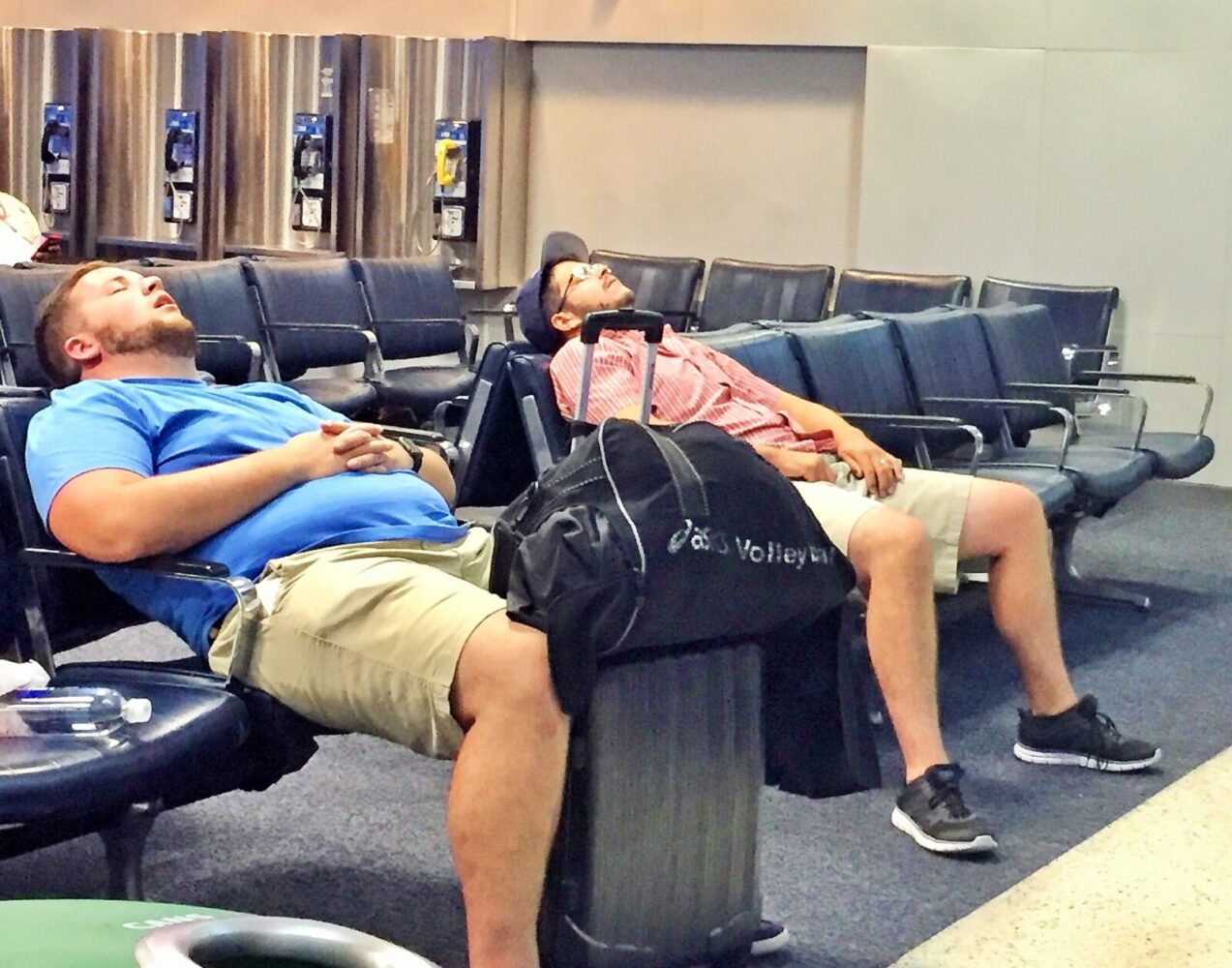
Here’s what’s inside Alaska Airlines new lounge at SFO Airport
Alaska Airlines debuted its new lounge in Terminal 1 (by Gate B6) at San Francisco International Airport (SFO) this week and we visited for a preview.

This new lounge has 230 seats, a wide variety of seating options, upgraded food and drink options, plenty of charging spots and some welcome bonus extras.

Alaska’s popular lounger chairs are here and they’re lined up in front of floor-to-ceiling windows looking out over the airfield. This is also the first Alaska Airlines lounge to install TalkBox phone booths for private conversations.

The lounge has two barista-staffed coffee stations serving espresso drinks made with San Francisco’s Ritual Coffee, a buffet food section, a bread station, and a candy station with jars of Ghirardelli chocolate square, Jelly Belly jellybeans and multi-colored Oakland Fortune Factory fortune cookies.

Love pancakes? Print them here
Pancake-printing machines are a highlight of all Alaska Airlines lounges. The new SFO Lounge has two!

If the complimentary food items aren’t quite enough for you, there’s also a food-for-purchase menu with pizza, cheeseburgers, chicken tenders, chicken teriyaki potstickers and taters tot or fries.

And of course, there’s a bar serving complimentary local craft brews, West Coast wines, cocktails and creative mocktails, along with premium wines and top-shelf spirits available for purchase.






